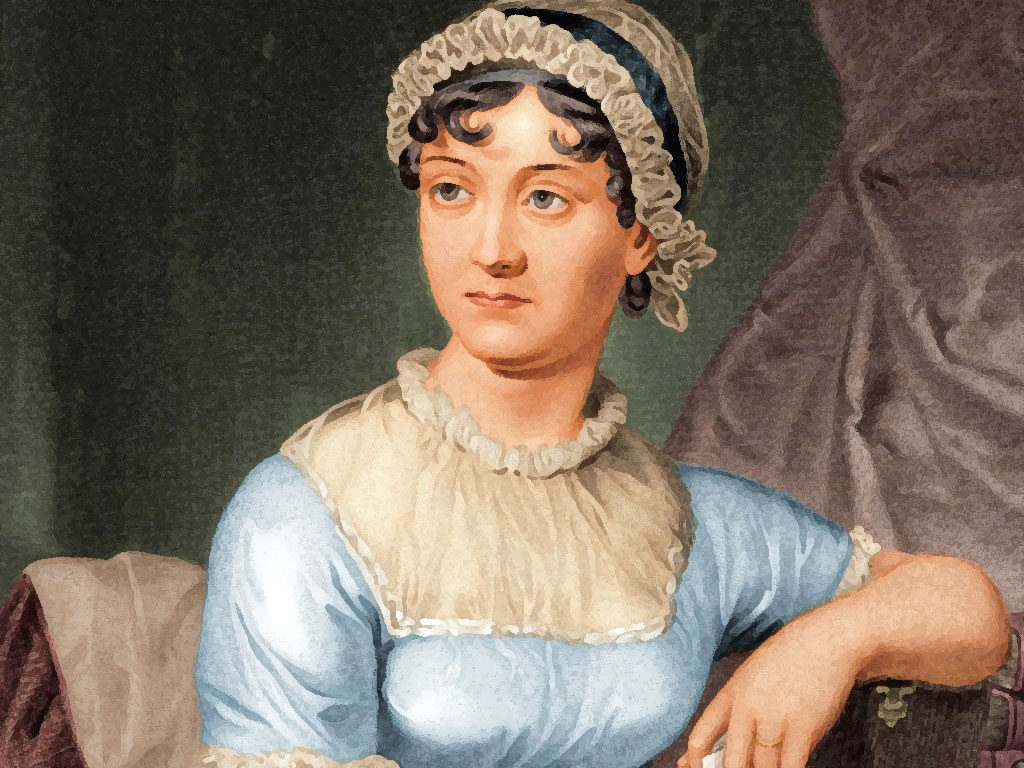The list of her works is only made of six novels, but Jane Austen is among the most appreciated writers of modern literacy, still inspiring lots of movies, fictions and adaptations. Her books broke the sentimental novels’ tradition of the second half of the 18th century and led the transition to 19th-century literary realism.
Sense and Sensibility, Pride and Prejudice, Emma and the other works were quite successful in her days, even though contemporaries did not fully recognize her innovation. Some of the narrative techniques she introduced — or used more effectively than anyone before — have influenced how we think about fiction at such extent, that they seem to have always been there.
Is this the reason why Jane Austen is still preferred among many other coeval novelists? The New York Times reported the results of some independent studies that measured the special traits of Austen’s works. It’s all about words, as they discovered by applying advanced data analysis models to compare the vocabulary of a set of English novels published between 1710 and 1920, and plot them on a series of two-dimensional charts.
Let’s start from naturalism. We know that Austen’s writing did not picture an imaginary world, but described places, situations and sentiments as they exist in real life. When examining the recurrence of abstract vs. physical words, Austen’s novels resemble most of those appeared from 1811 to 1818, which tend to be more abstract in depicting states of mind and social relationships. But Austen is absolutely unique in her lexical choices for emotions – using modern words such as awkward, decided, dislike, glad, sorry, suppose – and time connections, as her characters’ feelings are not suspended in an undetermined when, rather connected to specific time markers – such as always, fortnight and week. This means her writing stays on the quotidian, quite far from any melodramatic tone.
Compared to her contemporaries, Austen uses more words to refer to women (she, her, Miss, sister), more of the so-called intensifying terms (very, much, so), and much more irony. Austen’s appraisers acknowledge this is a crucial trait of her writing, which she pursued with specific words to highlight odds, incongruities and exaggerations. She was innovative even in putting could and must into context, the first often connected to thinking, perceiving or talking, the latter more used in the characters’ speculations about people’s true thoughts or emotions.
The peculiar choice of vocabulary, word clusters and grammatical constructions unveils her major interest as a writer: scrutinize states of mind and feelings, look deep into people’s efforts to understand themselves and others. It’s this acute emotional intelligence – which results even from data analysis and tracking – that makes Austen’s novel everlasting. And this is a key learning for storytellers of any time.




